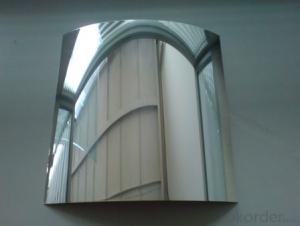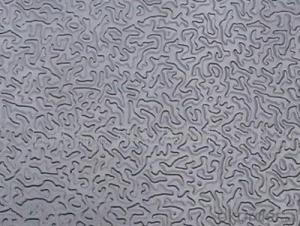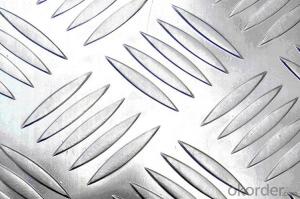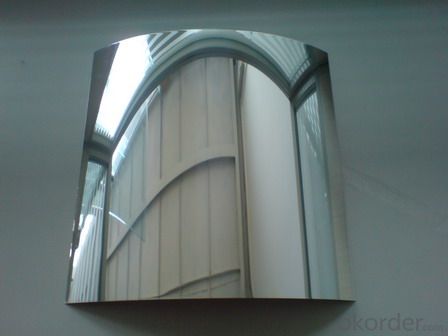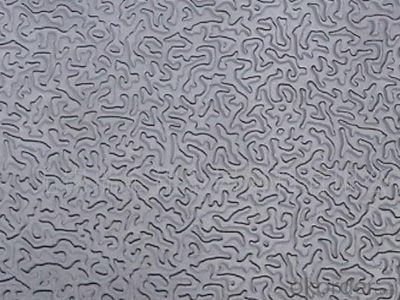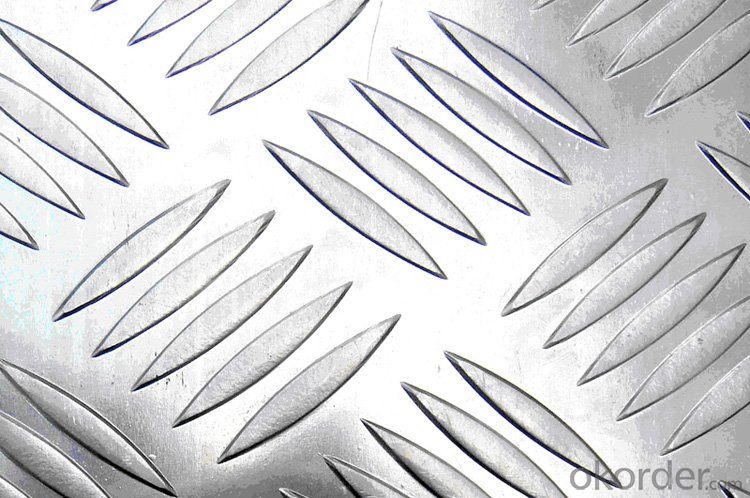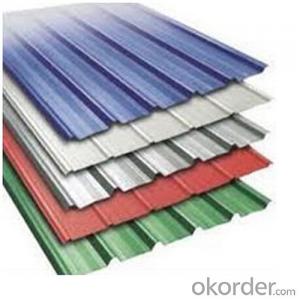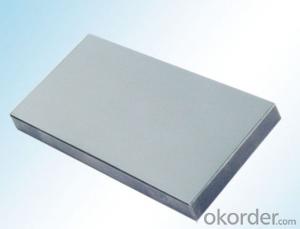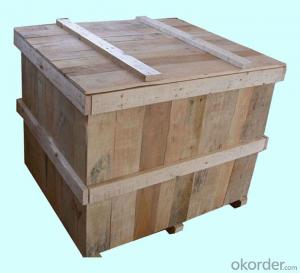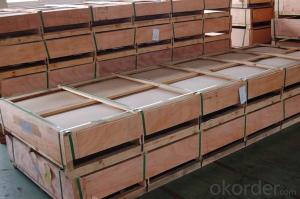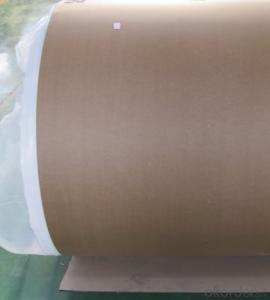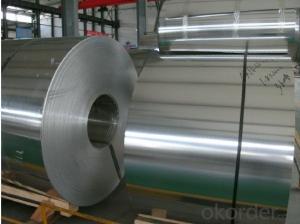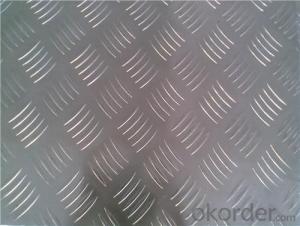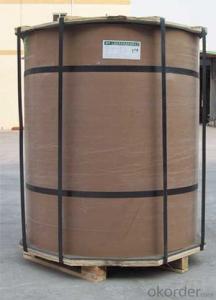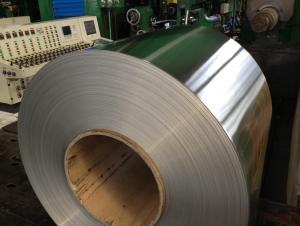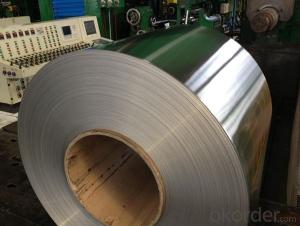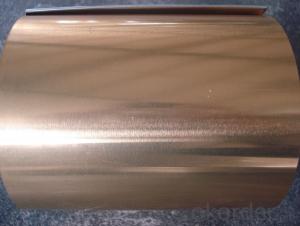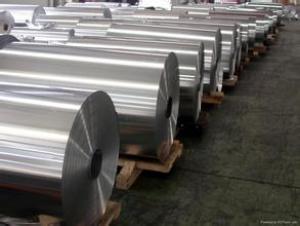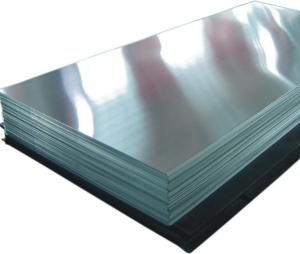Aluminum Sheets At Home Depot - Aluminium Coils with Mill Finished for Cold Rolling
- Loading Port:
- Shanghai
- Payment Terms:
- TT OR LC
- Min Order Qty:
- 5 m.t.
- Supply Capability:
- 5000 m.t./month
OKorder Service Pledge
OKorder Financial Service
You Might Also Like
Specification
1.Structure of Aluminium Coils with Mill Finished for Cold Rolling
Aluminium Coils with Mill Finished for Cold Rolling can be rolled down to aluminium coil,sheet,circle ect. The alloy AA1050 is widly used in building, industry ect. Its weight is much lower than steel. So many customers choosed aluminium material instead of steel.
2. Main features of Aluminium Coils with Mill Finished for Cold Rolling
a.Competitive price---We have our own mills and can produce mill finished aluminium coils, so we can control the production cost better.
b.Professional after-sale service---We have more than 15 years exportation experience and you need not worry about the exporation problems.
c.Fast delivery time---We can control the delivery time within 35 days.
3. Image
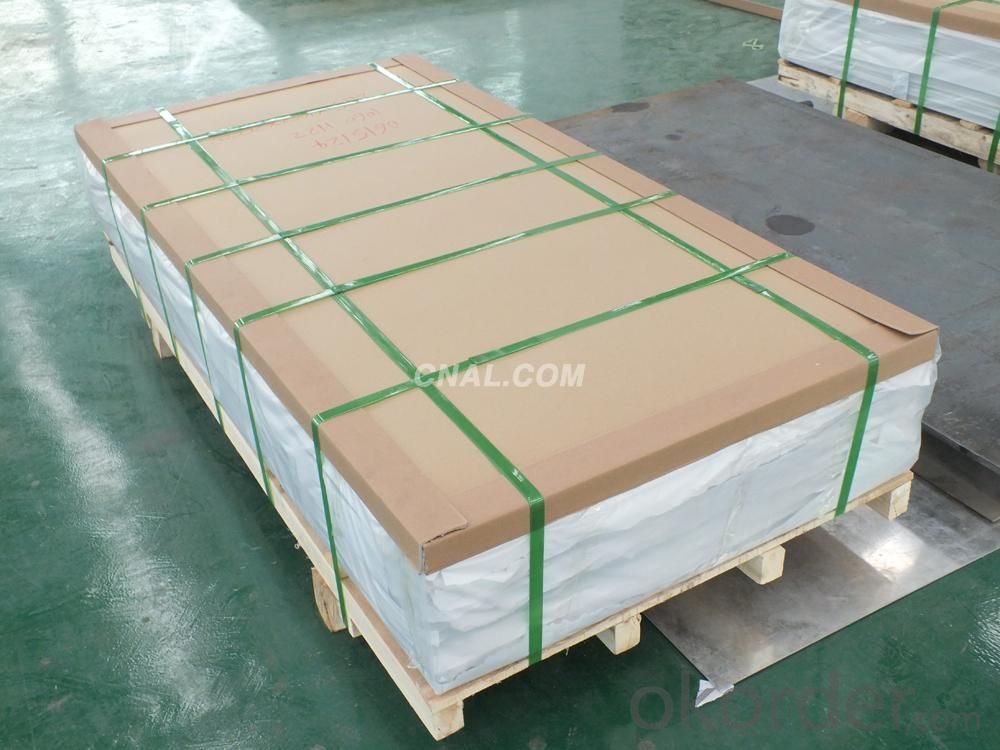
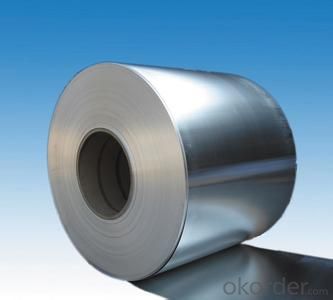
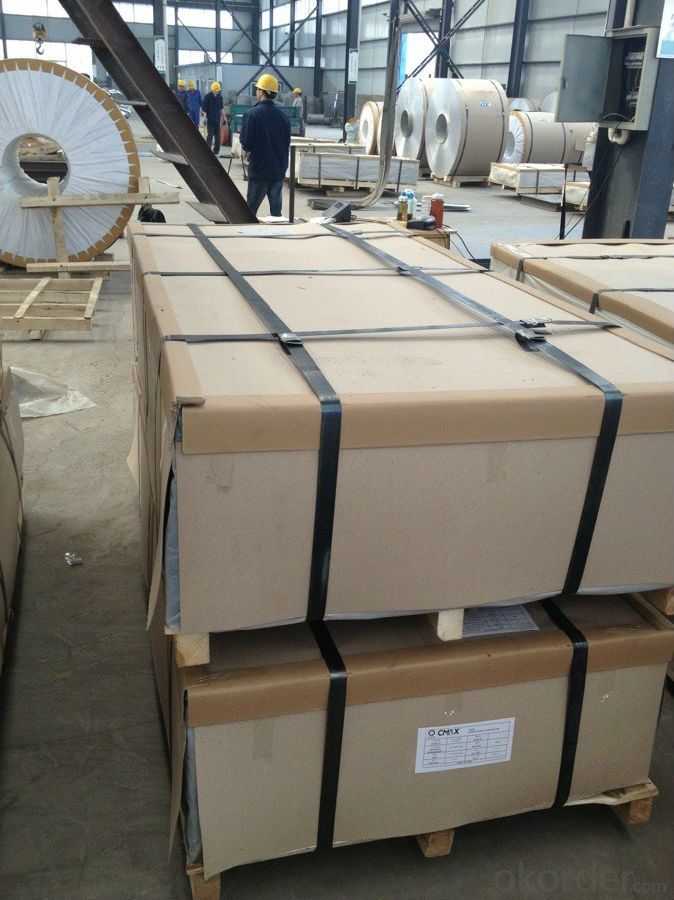
4. Product Specification of Aluminium Coils with Mill Finished for Cold Rolling
| Alloy | Temper | Thickness | Width | Weight |
| AA1050 | H14 | 0.2-3MM | 1000-1800MM | 2 tons |
5.FAQ of Aluminium Coils with Mill Finished for Cold Rolling
What is the quality standard?
---Usually our standard is GB3880-2006
What is the largest width?
---It is 2300mm
What is the MOQ?
---Usually we can accept 80 tons.
- Q: Can the aluminum sheets be used for heat dissipation purposes?
- Yes, aluminum sheets can be used effectively for heat dissipation purposes due to their excellent thermal conductivity.
- Q: What are the different forming methods for aluminum sheets?
- There are several different forming methods that can be used to shape aluminum sheets. These methods include: 1. Roll Forming: This process involves passing the aluminum sheets through a series of rollers that gradually shape the material into the desired form. Roll forming is often used to create long, continuous shapes such as channels or rails. 2. Press Forming: Press forming uses hydraulic or mechanical presses to apply force to the aluminum sheet, creating the desired shape. This method is commonly used for forming complex shapes with tight tolerances. 3. Stretch Forming: In stretch forming, the aluminum sheet is clamped at its edges and then stretched over a die, causing the material to conform to the shape of the die. This method is often used to produce curved or contoured parts. 4. Deep Drawing: Deep drawing involves placing a blank of aluminum sheet into a die and then using a punch to force the material into the die cavity, creating a hollow shape. This method is commonly used to produce cylindrical or box-shaped parts. 5. Hydroforming: Hydroforming uses hydraulic pressure to shape the aluminum sheet against a die. This method is particularly useful for producing complex, intricate shapes with smooth surfaces. 6. Incremental Sheet Forming: In incremental sheet forming, a CNC machine moves a small tool over the surface of the aluminum sheet, gradually shaping it by applying localized pressure. This method is often used for prototyping or small-scale production. These forming methods offer different advantages and are suitable for different applications. The choice of method depends on factors such as the desired shape, complexity, and volume of production.
- Q: What are the surface treatment requirements for aluminum sheets in the food industry?
- In the food industry, aluminum sheets are commonly used due to their excellent corrosion resistance and lightweight properties. However, certain surface treatment requirements need to be met to ensure the safety and quality of the food products. Firstly, aluminum sheets used in the food industry should undergo a cleaning process to remove any impurities or contaminants. This can be achieved through various methods such as chemical cleaning, alkaline cleaning, or mechanical cleaning. The purpose is to eliminate any potential sources of contamination that could affect the food's taste, odor, or safety. Furthermore, the surface of the aluminum sheets should be properly finished to prevent any interactions between the metal and the food. Anodizing is a popular surface treatment method, which creates a protective oxide layer on the aluminum surface. This layer not only enhances corrosion resistance but also provides a barrier against any potential migration of aluminum ions into the food. Additionally, it is crucial to ensure that the surface treatment materials used are food-grade and compliant with relevant regulations. The food industry has specific guidelines and standards in place to ensure the safety and suitability of materials that come into contact with food. Therefore, the surface treatment process should adhere to these standards to prevent any health hazards or contamination risks. Regular inspection and maintenance of the surface treatment are also necessary to guarantee its effectiveness over time. This includes monitoring the integrity of the protective layer, identifying any signs of wear or damage, and taking appropriate actions to address them promptly. In summary, the surface treatment requirements for aluminum sheets in the food industry include thorough cleaning, proper finishing, the use of food-grade materials, and regular maintenance. These measures are crucial to ensure the safety and quality of the food products and to comply with industry regulations and standards.
- Q: Can aluminum sheets be used in outdoor environments?
- Yes, aluminum sheets can be used in outdoor environments. Aluminum is highly resistant to corrosion and is known for its durability, making it a suitable material for various outdoor applications such as roofing, siding, and signage. Additionally, aluminum sheets can withstand exposure to weather elements like rain, sunlight, and temperature fluctuations, making them an excellent choice for outdoor use.
- Q: What are the different methods of surface treatment for adhesive bonding of aluminum sheet?
- There are several different methods of surface treatment for adhesive bonding of aluminum sheet. These methods can help improve the bond strength and durability of the adhesive joint. Some common methods include: 1. Mechanical Surface Treatment: This method involves roughening the aluminum surface using techniques such as sandblasting, abrasion, or wire brushing. The roughened surface creates a better mechanical interlock between the adhesive and the aluminum, increasing the bond strength. 2. Chemical Surface Treatment: Chemical treatments can be used to remove contaminants, oxidation, or corrosion from the aluminum surface. Common chemical treatments include acid etching, chromate conversion coating, or anodizing. These treatments improve the surface cleanliness and promote adhesion by creating a chemically reactive surface for the adhesive. 3. Plasma Treatment: Plasma treatment involves exposing the aluminum surface to a low-temperature plasma discharge. This process modifies the surface energy and removes contaminants, thereby enhancing the wettability and adhesion of the adhesive. 4. Primer Coating: Applying a primer coat on the aluminum surface can improve adhesion by promoting chemical bonding between the adhesive and the substrate. Primers are typically designed to promote adhesion to specific substrates and can enhance the bond strength and durability of the adhesive joint. 5. Surface Activation: Surface activation techniques, such as flame treatment or corona treatment, can be used to increase the surface energy of the aluminum sheet. These methods create free radicals on the surface, which improve the bonding characteristics of the adhesive. It's important to note that the selection of the surface treatment method depends on various factors like the specific adhesive used, the desired bond strength, the application requirements, and the condition of the aluminum surface. Therefore, it is recommended to consult adhesive manufacturers or experts to determine the most suitable surface treatment method for a specific adhesive bonding application.
- Q: Are aluminum sheets suitable for electrical applications?
- Yes, aluminum sheets are suitable for electrical applications. Aluminum has excellent electrical conductivity, making it a popular choice for various electrical components and wiring. It is lightweight, corrosion-resistant, and can efficiently dissipate heat, making it appropriate for electrical applications where these properties are desired.
- Q: Can aluminum sheets be polished?
- Yes, aluminum sheets can be polished. Polishing aluminum sheets involves smoothing the surface and creating a reflective finish using abrasive materials or polishing compounds.
- Q: im wondering what happens if you MIG weld aluminum with the correct wire but without using a shielding gas? Would it just be extremely messy or does there HAVE to be an inert gas flowing for it to bond?thanks
- Mig Welding Aluminum Without Gas
- Q: Can 101 aluminum sheets be anodized in different colors?
- Yes, 101 aluminum sheets can be anodized in different colors.
- Q: Are aluminum sheets suitable for electronic components?
- Yes, aluminum sheets are suitable for electronic components. Aluminum is a lightweight and durable metal that has excellent electrical conductivity. It is commonly used in the construction of electronic housings, heat sinks, and circuit boards. Aluminum sheets can be easily machined, formed, and welded, making them versatile for various electronic applications. Additionally, aluminum has good thermal conductivity, allowing it to dissipate heat effectively, which is crucial for preventing overheating in electronic devices.
Send your message to us
Aluminum Sheets At Home Depot - Aluminium Coils with Mill Finished for Cold Rolling
- Loading Port:
- Shanghai
- Payment Terms:
- TT OR LC
- Min Order Qty:
- 5 m.t.
- Supply Capability:
- 5000 m.t./month
OKorder Service Pledge
OKorder Financial Service
Similar products
Hot products
Hot Searches
Related keywords
